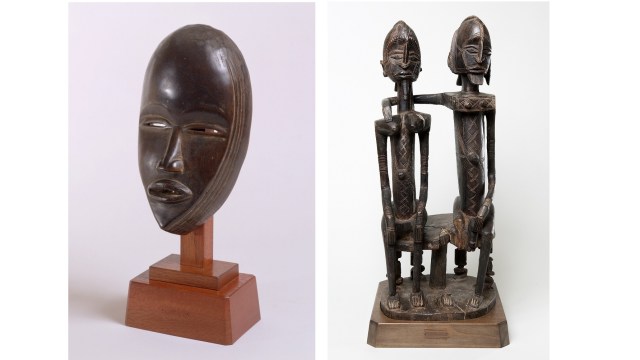Will Soda Warning Labels Help Curb Obesity?

The power of the brand is strong with soda. So strong that not even health warning labels can deter young ones from consuming the high-fructose beverages.
Tom Jacobs from PSMag reports that the city of San Francisco has handed down an ordinance that states every bus, billboard, and public space ad for soda will carry a warning label reading that these drinks contribute to obesity, diabetes, and tooth decay. The city officials hope that warning labels will help reduce the obesity rate among children and teens that was reported to be at 32 percent, according to a 2012 study by the California Center for Public Health Advocacy and the UCLA Center for Health Policy Research.
A representative for the beverage industry, Roger Salazar of CalBev, threatened that organizations might sue in a press release:
“Aside from being bad public policy, there are some free-speech issues. We’re going to explore all of our options.”
But do the big beverage companies have anything to worry about? Researchers from Germany said no in their recent study.
They wrote in their paper:
“Results suggest that the effects of warnings on attitudes and purchase intention are mitigated by accompanying advertising elements. A single positive visual cue is sufficient to provoke purchase intentions.”
“In general, warnings negatively affect purchase intention,” they said, but “this effect is diluted when the warning is embedded in an advertisement with pictorial framing.”
Similar ordinances were put down by the city of Los Angeles, but it was to restrict fast-food stores from setting up shop in certain at-risk areas where the rate of obesity was especially high. Officials were hoping it would curb the rising obesity rates in those areas — a nice consideration, but it takes more than one thing to fix a problem as big as obesity.
Read more at PSMag.
Photo Credit: Getty Images





